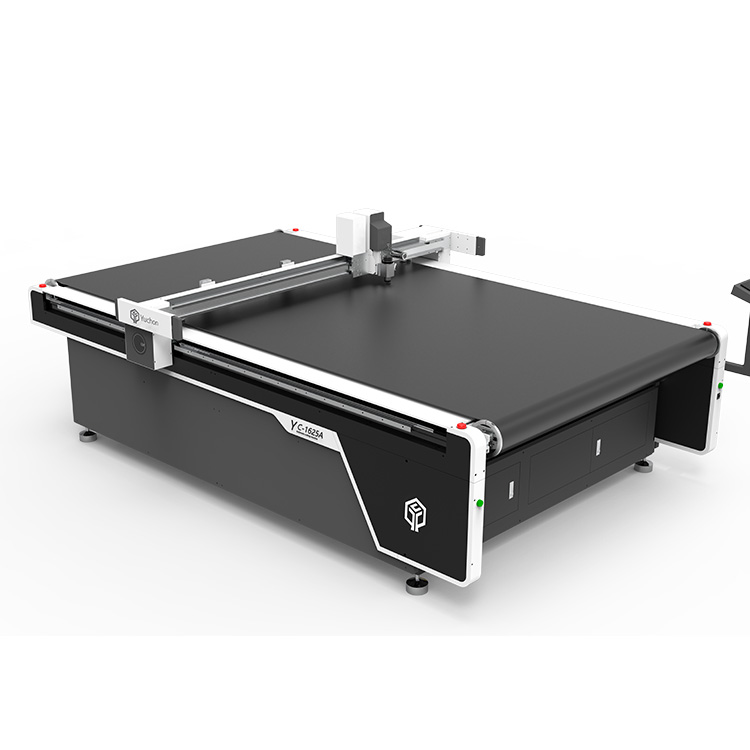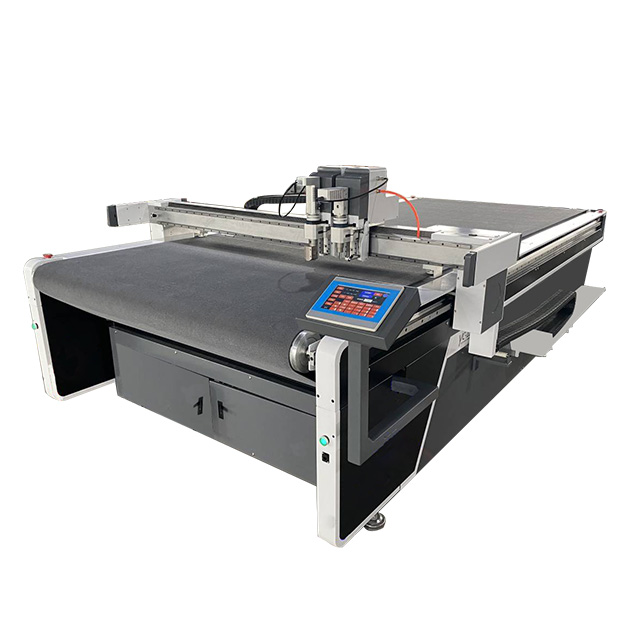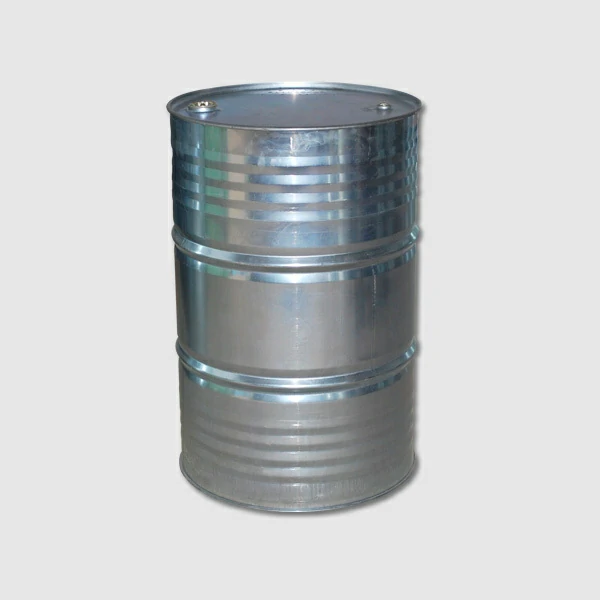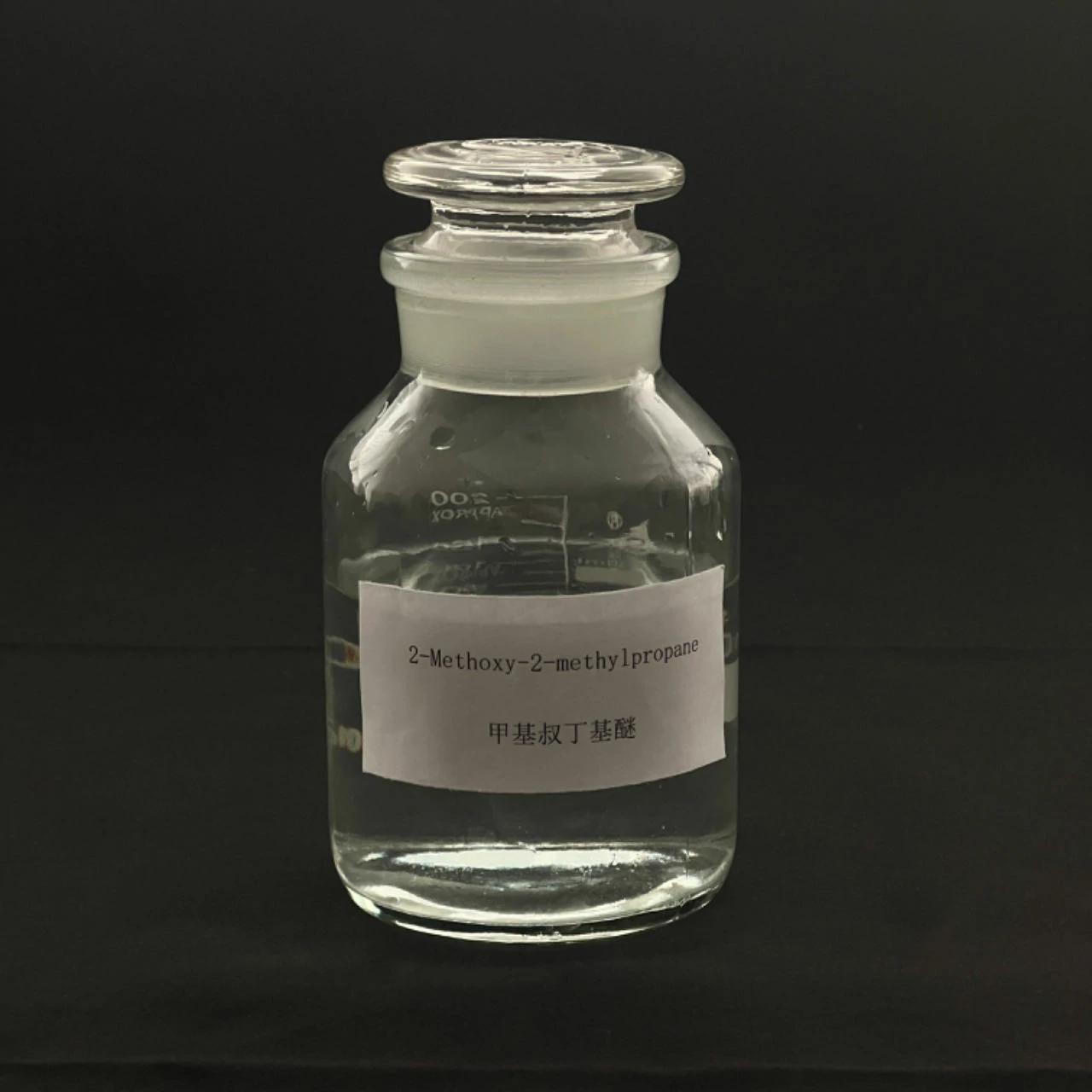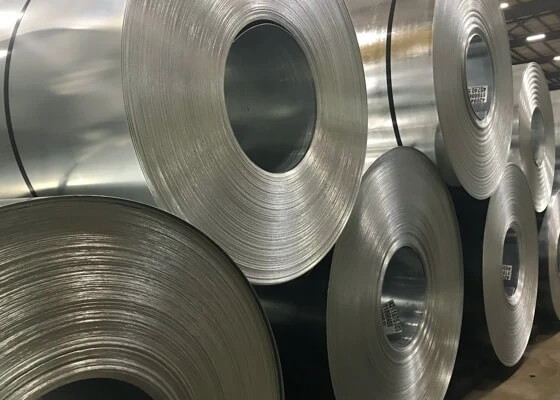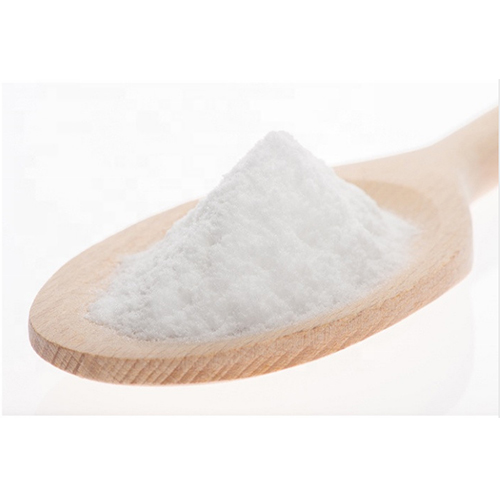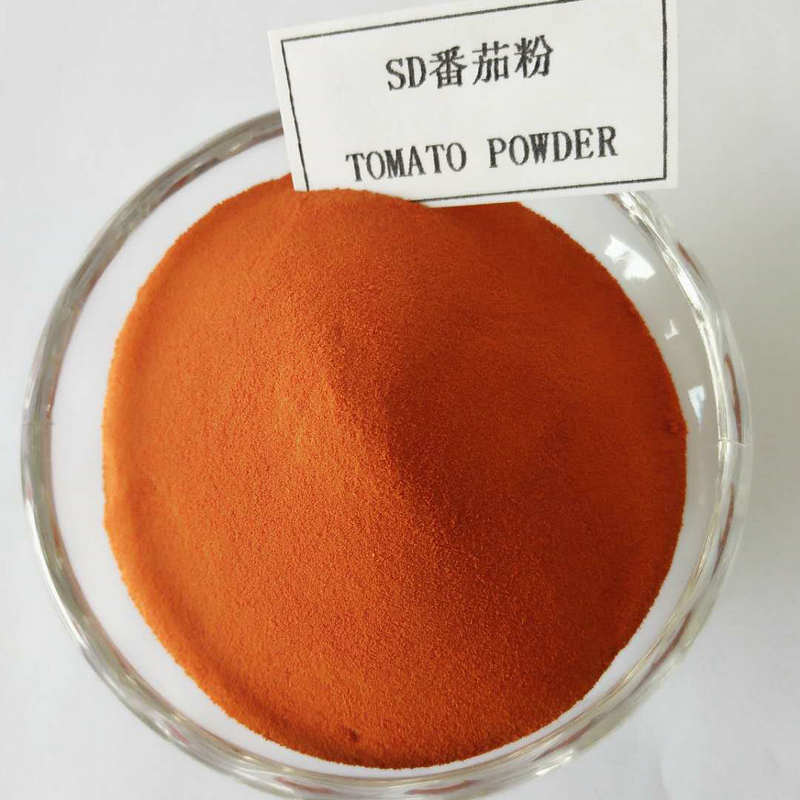Automatic Gasket CNC Cutting Making Machine
Application of the gasket cutting machine
Gasket cutting machine can cut rubber, silicone, asbestos, graphite, PTFE, and other gaskets.
Gaskets are essential components used to create a seal between two or more surfaces, preventing leakage of fluid, gas, or dust. There are various types of gaskets available, each designed for specific applications and environments. There are many types of gaskets, There are many application scenarios for gaskets, and there are many sizes and specifications. The gasket CNC cutting machine can cut gaskets of various materials and can produce gaskets of various sizes and specifications simply and quickly. Therefore, CNC gasket cutting machines are rapidly becoming popular in the gasket industry.
Process of the gasket making machine
The gasket making machine is a popular tool used for cutting gaskets. Gaskets are commonly made from materials like rubber, cork, or metal, and they are used to create a seal between two surfaces.
Here’s how the gasket CNC cutting machine cuts gaskets:
1. Material Preparation: The gasket material is prepared by laying it flat on the cutting surface of the gasket cutter machine. It is important to ensure that the material is properly aligned and secured to prevent any movement during the cutting process.
2. Programming: The operator or user of the CNC gasket cutting machine programs the necessary parameters for the specific gasket design. This includes the cutting dimensions, shape, and any other specific requirements.
3. Knife Selection: Depending on the material and thickness of the gasket, an appropriate knife or blade is selected. The automatic gasket cutting machines typically come with interchangeable blades of different shapes and sizes to accommodate various cutting needs.

4. Cutting Process: Once the CNC gasket cutting machine is programmed and the knife is set, the cutting process begins. The oscillating knife moves up and down rapidly in a back-and-forth motion, similar to a vibrating motion. This motion allows the blade to penetrate and cut through the gasket smoothly and accurately.
5. Precision and Control: The automatic gasket cutting machine offers a high level of precision and control. They are equipped with sensors and software that monitor the cutting process. Ensures accurate cutting depths and preventing any damage to the underlying cutting surface or workpiece.
6. Post-Cutting: After the cutting process is complete, the gasket cutter machine stops. Then the cut gaskets can be removed. Depending on the specific application, additional post-processing steps such as cleaning, inspection, or quality control checks may be performed.
The gasket making machine is widely used in industries like automotive, aerospace, manufacturing, and packaging. They provide efficient and precise cutting capabilities for gaskets, enabling faster production and ensuring consistent quality.
Advantages of gasket cutter machine
The gasket cutting machine offers several advantages when it comes to cutting gaskets:
1. Versatility: gasket cutting machines can cut a wide range of gasket materials, including rubber, cork, foam, and even certain types of metal. This versatility allows for greater flexibility in manufacturing various types of gaskets.
2. Precision: The oscillating motion of the cutting blade ensures precise and accurate cutting. The machines can achieve high levels of detail and intricacy. Enable the production of complex gasket shapes with tight tolerances.
3. Speed and Efficiency: gasket making machines operate at high speed, allowing for faster production rates. They can cut gaskets fast, which enhances efficiency and productivity.
4. Clean and Smooth Cuts: The oscillating knife leaves clean and smooth cuts without fraying or tearing the gasket material. This ensures the integrity of the gasket, preventing any leakage or compromise in its functionality.
5. Minimal Material Waste: The gasket cutter machine optimizes material usage by minimizing waste. The precision cutting process reduces the amount of scrap or excess material generated, resulting in cost savings for manufacturers.
6. Cost-Effective: CNC gasket cutting machine offers cost-effective solutions for gasket manufacturing. They eliminate or reduce the need for manual cutting processes, which can be labor-intensive and time-consuming. By automating the cutting process, companies can save on labor costs and increase overall production output.
7. Programmability and Customization: The gasket making machine is fully programmable, allowing for easy customization of gasket designs and specifications. Changes can be quickly made in the software, enabling rapid prototyping or adjustment of gasket dimensions as per specific requirements.
8. Repeatable Quality: gasket CNC cutting machine ensures consistent and repeatable quality in gasket production. Once programmed, the machines can replicate the same cutting pattern accurately, ensuring uniformity across all gasket pieces.
In summary, the gasket cutter machine offer versatility, precision, speed, efficiency, cost-effectiveness, and the ability to produce high-quality gaskets with minimal material waste. These advantages make them a preferred choice for gasket manufacturers looking to streamline their production processes and maintain consistent product quality.
